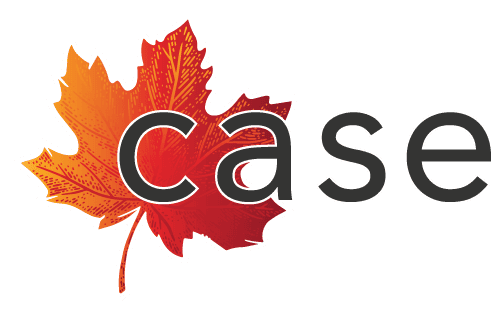Accessible Communication:
An Interview with David Winchester
By Chantelle Painter, Consultant and Business and Relationship Development Professional
Communication accessibility is an essential part not only of organizational success but of everyday life. I had the opportunity to speak with David Winchester, Specialist, Assistive Technology and a person who depends on accessible communications due to vision loss. David and I identified some ways that communications could be improved, some technologies that make communication possible, and an opportunity going forward to create equity in communication.
Organizational Services Reflect Internal Communications
David started our conversation by revealing that before communication can even be discussed, we need to recognize how important communication is. While accessible communications are sometimes seen as a function of the work environment, it’s the communication in the day-to-day activities of life that carries the most weight.
As we talked, we discovered that organizations’ internal communications culture will often be reflected in their services and, consequently, in the impact on the people they serve. When their internal communications are accessible, their services tend to also become more accessible and available to more clients and customers.
An organization’s accessible internal communications tend to be reflected in more accessible services that can, in turn, reach more clients and customers.
Assistive Tech Must Interpret Various Formats
Technology plays a huge part in how David consumes his information. Screen enhancers, readers, braille displays and keyboards are all part of his daily processes for navigating communications. These devices must have the capacity to interact with and interpret various communications formats.
Something as simple as the format of the document or the type of software that produced it can affect how accessible technology processes the information. For example, readers often have more difficulties processing a .PDF document than a .TXT document (such as a Plain Text or Word document, although some of these formats can also be problematic). These processes become more complex when reading websites, text as graphics and the quality of the written text.
Communication Facilitated by Everyday Tech
Today’s easier access to accessible tools enhances communications for many people and in a more immediate and meaningful way than in the past. Most major manufacturers of technology, specifically those who produce smart phones and other telecommunications, integrate communication considerations into their products.
An Android or Apple smart phone gives you multiple communications tools in the palm of your hand. Portable technology has made accessible communication mainstream as we can now call, text, email, translate, transcribe and more on a device that most people can access.
Turning Barriers into Opportunities
David and I also discussed barriers that, if addressed, could become opportunities to enhance future accessible communications.

The cost of adaptive technology has risen repeatedly. While current technology often is free or low cost, some devices can be cost prohibitive or require add-on software or hardware, at a cost, for additional functionality and convenience that are considered “premium advantages.”
In addition to the cost, there are adaptive barriers, and strides could be made through both effort and development that could increase communication success rates.
- Organizations should seek to use plain language in their communications. Policies can be implemented and resources can be provided for employees on how to write in plain language.
- Technology is not yet at a place where parsing information (for applicant tracking systems, as an example) is adequate on most platforms. Data parsing helps to extract relevant data and to convert that information into a more readable format to make it more accessible.
- Website and application development could integrate the use of adaptive technology from the planning stage, rather than making it an afterthought.
David left me with one final thought that I would like to share:
Communication is so vital to the human experience of connection that every effort must be made to improve how, when and where we communicate. The more people we include, the better off we all are.
Chantelle Painter is a consultant and business and relationship development professional with over 20 years’ experience in corporate retail and non-profit collaboration. Chantelle is skilled in Relationship Building, Coaching, Retail, Customer Satisfaction, Driving and Measuring Engagement, and Policy Development.

